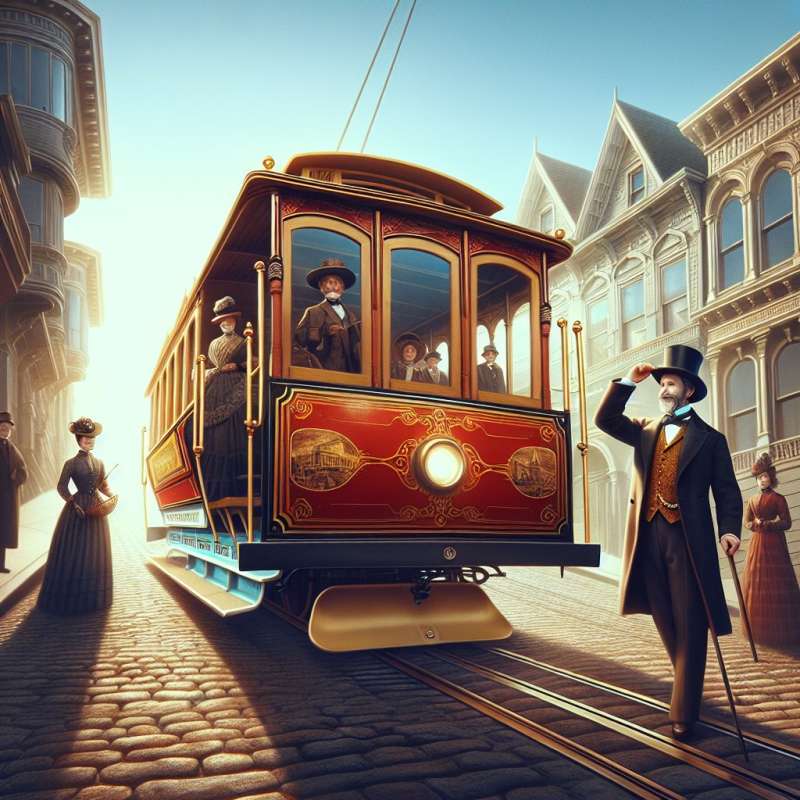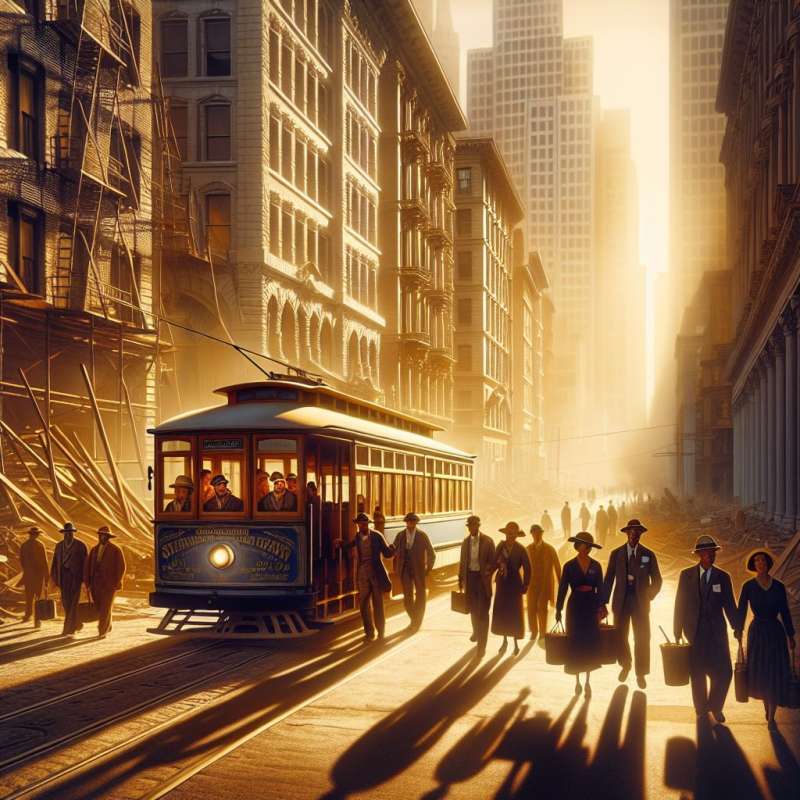
Historic Trolley Origins
San Francisco's iconic trolley system began operations in 1873. Invented by Andrew Smith Hallidie, these trolleys were the first cable cars in the world, designed to tackle the city's steep hills.
Unique Cable Mechanism
Unlike regular streetcars, San Francisco trolleys use an underground cable system. The continuous cable moves at 9.5 miles per hour, and trolleys grip and release it to start and stop, a mechanism patented by Hallidie.
Surviving the 1906 Earthquake
The 1906 earthquake nearly destroyed San Francisco, but the trolleys played a crucial role in the city's recovery. They helped transport materials and people, aiding the rebuilding efforts and restoring the city's spirit.
National Historic Landmark Status
In 1964, San Francisco's trolley system was designated a National Historic Landmark. It remains the only moving landmark in the U.S., symbolizing the enduring charm and engineering ingenuity of the city.
Modern-Day Trolley Experience
Today, the trolleys serve both commuters and tourists. They offer scenic routes through iconic neighborhoods like Fisherman's Wharf and Nob Hill, providing a unique blend of transportation and historical exploration.Trolley Speed Record
In 1979, a San Francisco trolley reached an astonishing speed of 37 mph during a test, far exceeding its usual 9.5 mph.
Who invented San Francisco's trolleys?
Andrew Smith Hallidie
Thomas Edison
Gustave Eiffel
Company